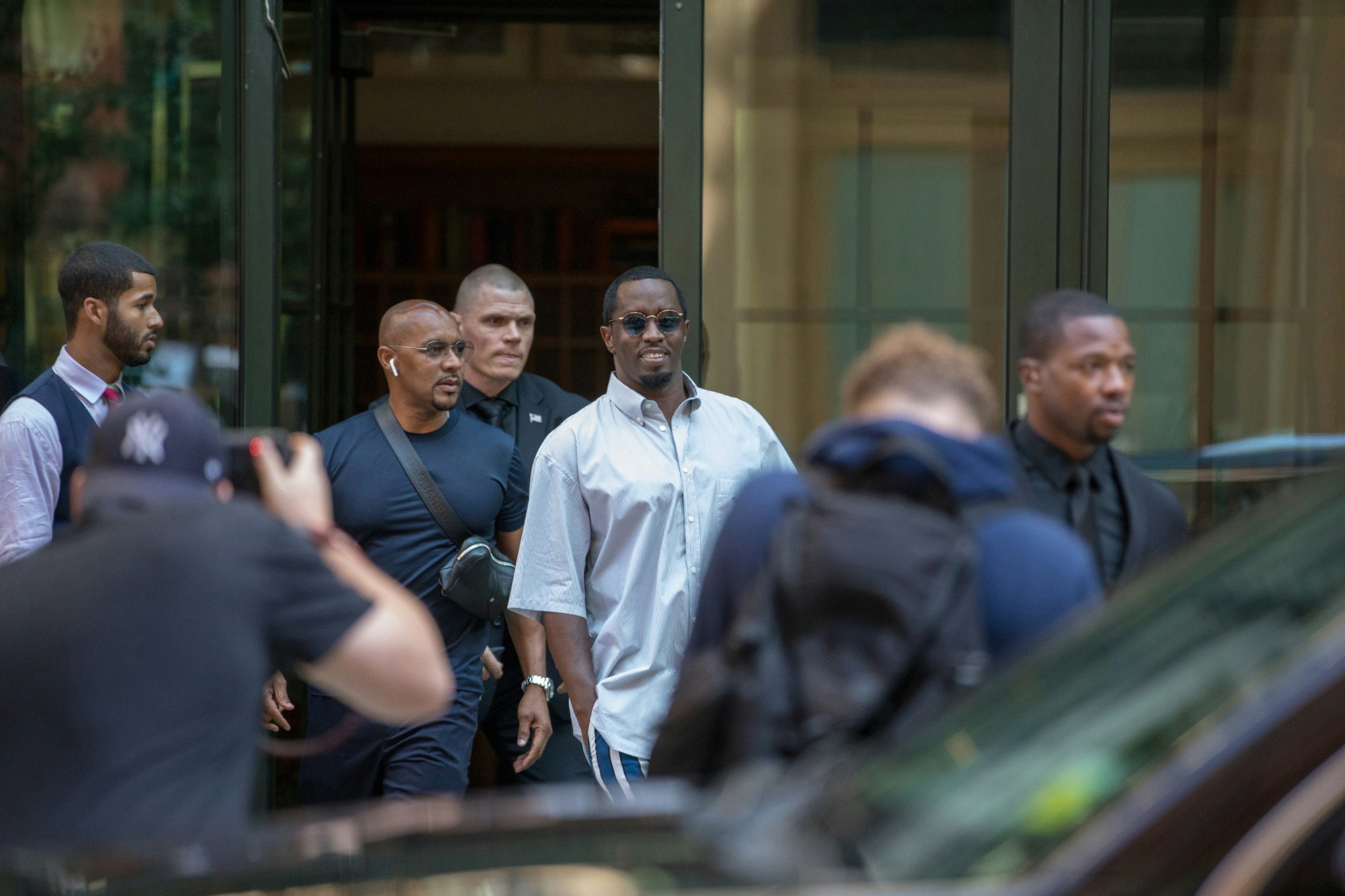What Sean “Diddy” Comb’s Trial Verdict Reveals about Juror Decision-Making In Emotionally Charged, High-Profile Cases
By: Michelle M. Pena
The 2025 Sean “Diddy” Combs trial has captivated the public with its blend of celebrities, allegations of violence, and claims of organized sex trafficking. Yet, behind the headlines, the verdict offers insight into juror psychology and decision-making in emotionally charged, high-profile cases.
On July 2, 2025, a Manhattan federal jury acquitted Combs of racketeering and sex trafficking, but they convicted him on two Mann Act violations for transporting women across state lines for prostitution. What led jurors to make these distinctions despite graphic evidence and widespread public judgment?

How Narrative, Not Just Evidence, Shaped Jury Decisions in the Sean Combs Trial
Jurors do not simply “add up” evidence; they build narratives that feel coherent and morally defensible. Jurors act as moral interpreters, not just passive evidence processors.
The prosecution’s narrative painted Combs as the leader of a trafficking enterprise, akin to a “kingdom,” where he ruled with violence and fear using his wealth and power to coerce women into sex acts and drug-fueled parties. The defense’s narrative reframed these events as adult, consensual relationships, with violence characterized as isolated domestic incidents rather than evidence of organized crime.
Research on the Story Model of juror decision-making shows that jurors assess which story best organizes the evidence while aligning with their sense of believability and fairness (Pennington & Hastie, 1991). Here, jurors appeared willing to accept evidence of violence while rejecting the broader “enterprise” narrative required for a RICO conviction.
Anchoring & Emotional Evidence Vs. Cognitive Dissonance of Juror Processing During Sean “Diddy” Combs Trial
Video evidence of Combs assaulting Cassie Ventura and multiple witness testimonies risked creating emotional anchors that could bias jurors toward guilt on all charges. Yet, jurors often compartmentalize emotional evidence when it conflicts with legal definitions—a phenomenon observed in research on cognitive dissonance in juror processing and decision-making (Festinger, 1957; Ask et al., 2011).
The defense’s efforts to contextualize violence and redirect attention to legal definitions of coercion vs. consensual participation allowed jurors to: (a) Feel they were condemning wrongdoing (via the Mann Act convictions) while avoiding the more consequential decision of labeling Combs a trafficker and racketeer.
Why Jurors Struggled with RICO and Sex Trafficking Laws in the Combs Case
RICO and sex trafficking charges are especially complex claims because they require jurors to understand multiple legal elements simultaneously and these claims involve abstract legal terms (e.g., enterprise, pattern of racketeering activity, commercial sex acts).
Juror decision-making research shows that high cognitive load often leads jurors to rely on simpler heuristics (e.g., “Was there clear force or threat?” “Was there financial coercion?”; Bornstein & Greene, 2011). When consistent testimony and evidence proving trafficking is lacking, jurors may default to “no” on the most complex charges, especially if the defense can frame doubt effectively.
How Celebrity and Pretrial Bias Influenced the Combs Trial Verdict
Pretrial publicity and the celebrity factor can create significant expectations among jurors. However, some jurors may overcorrect bias to appear fair, demanding even stronger evidence for conviction whereas other jurors may unconsciously see celebrity behavior as inherently immoral, but not necessarily illegal under the law.
In this case, jurors expressed post-trial that while they found Combs’ behavior shameful, they did not find sufficient evidence of organized trafficking. This is a prime example of jurors condemning without convicting.
These insights show the need for jury research to test narrative and theme development, cognitive load awareness, and pre-trial biases, especially in high-publicity cases involving complex claims and emotionally charged evidence.
Understand the Nuance, Narrative Storytelling, and Psychological Complexity At Play In Jury Decision-Making To Help Achieve Desired Courtroom Outcomes
The Sean “Diddy” Combs trial highlights the complex interplay between evidence, narrative, legal definitions, and juror psychology in high-profile celebrity cases. While the public may view such verdicts through the lens of emotion or media portrayal, jurors are tasked with navigating intricate laws and cognitive biases under intense scrutiny.
This case underscores the importance of understanding how stories, not just facts, influence outcomes in the courtroom—and why legal teams must consider both logic and perception when constructing their cases. As public interest in celebrity trials continues to grow, so too must our efforts to explore how juries actually make decisions in the face of fame, emotion, complexity, and ambiguity.
To learn more about applying these types of insights to your cases, contact us today.
